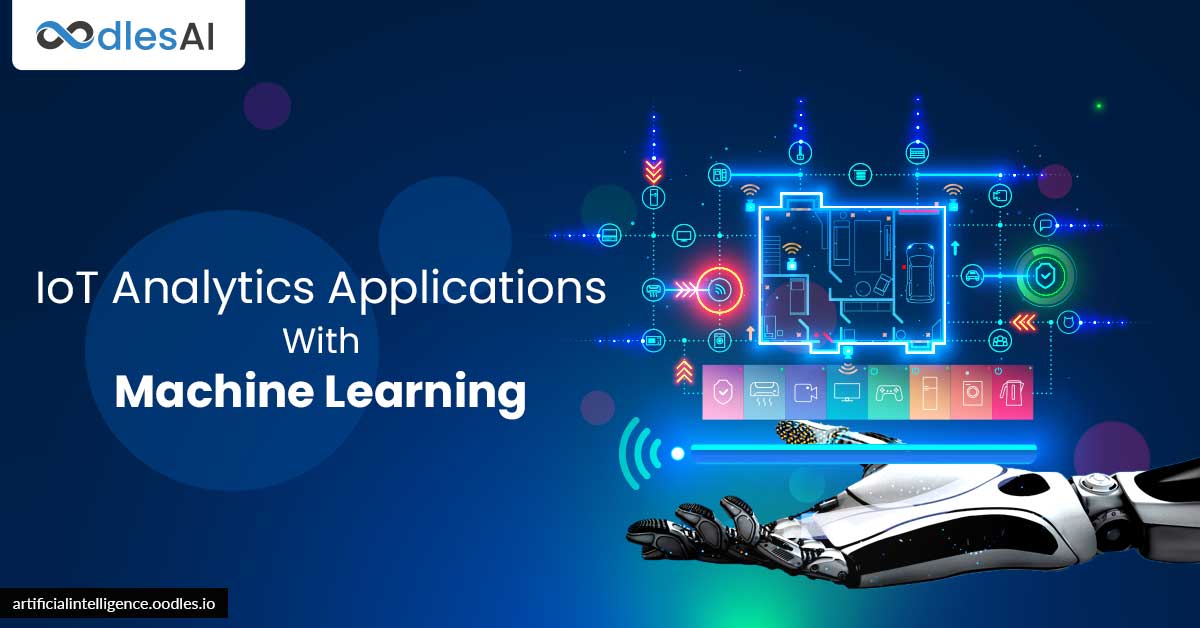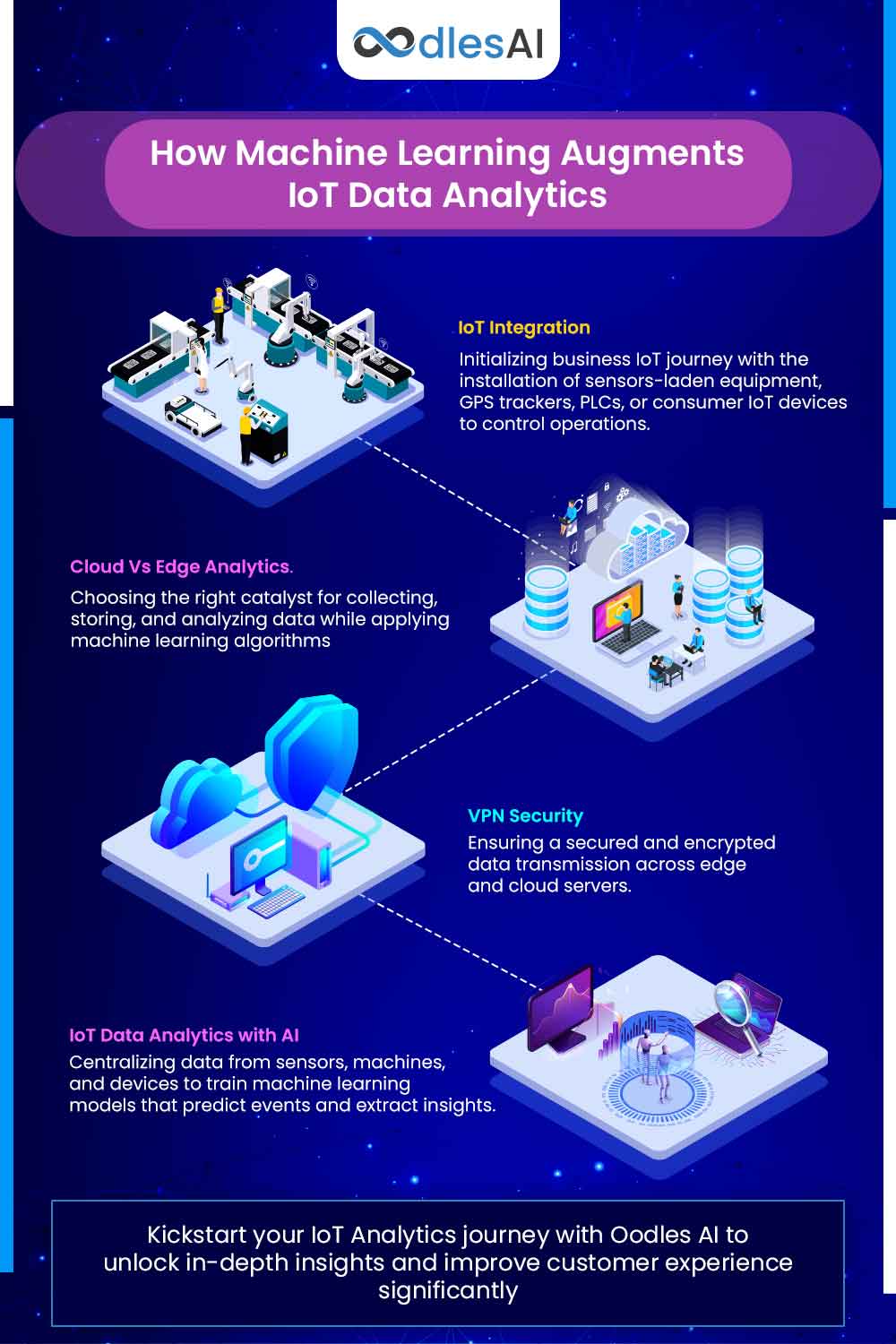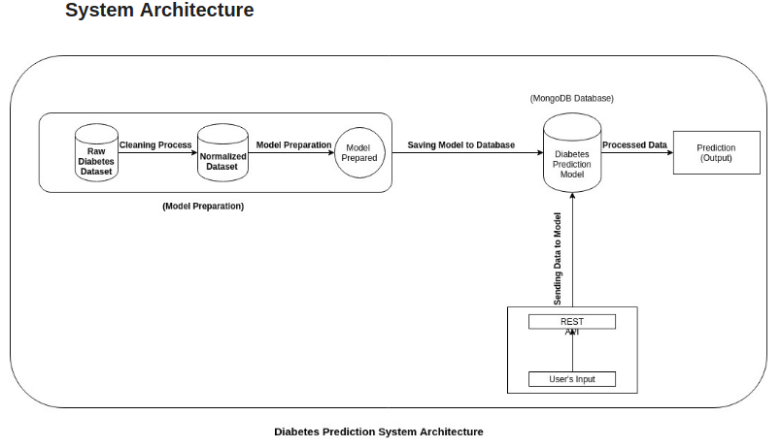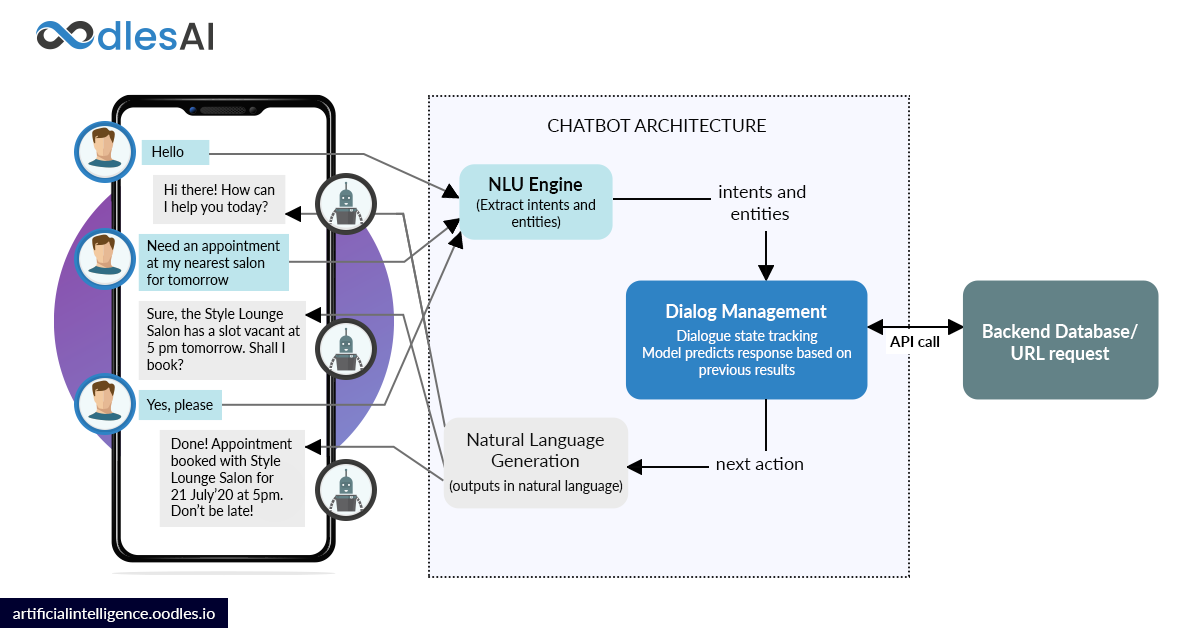Top-notch IoT Analytics Applications with Machine Learning in 2020
Sanam Malhotra | 11th August 2020

In 2020, the world is a conglomerate of over 25 billion connected IoT devices. From smart home security systems to sensor-laden industrial equipment, we would generate almost 80 zettabytes of data by 2025. The pressing question is, how much of this data power are we able to harness for optimizing existing business processes? IoT analytics applications powered by machine learning (ML) is a pathway to utilize IoT data while generating unprecedented value for global industries.
In this edition, we at Oodles, as an evolving Artificial Intelligence Development Company, elaborate on how businesses can achieve operational excellence with ML-based IoT analytics applications.
How does Machine Learning Power IoT Analytics?
Industries are witnessing large scale IoT adoption encompassing sensor-based manufacturing equipment, smart inventory management systems, autonomous mining vehicles, and more. However, data generated from this agglomeration of connected IoT devices have remained underutilized for industries and businesses alike.
Machine learning empowers businesses to tap the potential of raw IoT data while analyzing it to generate actionable and valuable insights.
Unlike traditional data analytics that demanded herculean expert efforts, machine learning models offer effective and efficient data analysis. It is possible by feeding complex, unstructured IoT data to ML algorithms that identify patterns, relationships, and anomalies in events.
While embedding well into the edge and cloud-based business infrastructures, machine learning can propel the following types of IoT data analytics-
a) Edge computing for real-time data analysis
b) Cloud computing for large scale data processing
c) Streaming analytics for video-based applications
d) Data visualization for identifying patterns and outliers
e) Big data management, and
f) Harnessing connected devices for value generation
Here’s how businesses can trigger IoT adoption backed by machine learning-based analytics to extract pools of value and customer insights.

These data-driven insights fuel new levers of operational efficiency and innovative business processes such as-
a) Optimizing supply chain routes using GPS data
b) Personalizing patient care using fitness trackers
c) Smart home controllers and security systems
d) Facial recognition for self-checkout options at retail stores
e) Predictive maintenance for worksites, factories, and manufacturing facilities, etc.
With experiential knowledge in ML implementation, the Oodles AI team is constantly exploring new avenues of IoT analytics to augment business intelligence. In the next section, we highlight some effective IoT analytics applications using ML that generate quantifiable value for diverse business sectors.
Effective IoT Analytics Applications with Machine Learning
1) Predictive Analytics for Healthcare Diagnostics
Although wearable IoT devices like smartwatches, BP, and ECG monitors have demonstrated fair edge data analytics, we’ve only scratched the surface. Possibilities with ML-based IoT data analytics expand to more intensive outputs and diagnostics based on demographic, environmental, and patient health records.
For instance, ML models can assess patterns in medical conditions to-
a) Predict the chances of chronic and infectious diseases
b) Connect patients with cross-border doctors for instant advisory, or
c) Analyzing medical imagery for disease detection
For one such digital healthcare business, our AI team built an interactive mobile app using wearable trackers to record everyday patient activity. Also, the analytics solution saves historic patient data like blood oxygen to inform concerned doctors and issue quick appointment reminders.
More so, the Oodles AI team built a predictive diabetes model that channelizes IoT data from different sources.

Using raw diabetes data, BP, blood sugar, and other parameters, the model can identify diabetic patients without human intervention.
Also read | Improving Diagnosis with Computer Vision Applications in Healthcare
2) Face Recognition for Smart Surveillance Systems
In the wake of increasing coronavirus infections, it is essential to replace traditional workplace biometrics with advanced technology. AI offers an alternative in way of deep learning-powered face recognition technology (FRT). Not only corporate attendance but FRT systems can be well-embedded into manufacturing settings to automate quality control.
FRT systems can be integrated into smart CCTV cameras for real-time video and streaming analytics, remote monitoring, and security checkpoints.
To attest how machine learning models are trained using CCTV footage and use data, the Oodles AI team built an FRT-based employee attendance system.

The model, deployed at one of our offices, actively records and informs about employee movements in the premises.
Also read | AI for Video Analytics: Enterprise Applications and Opportunities
3) Conversational Interfaces for End-user Data Interactions
While machine learning is effective at processing complex datasets, a major challenge is to convey these analytics to end-users in understandable language. Conversational AI interfaces supported by Natural Language Processing and Natural Language Generation algorithms bridge the gap between data analytics and consumers.

As a well-established Chatbot Development Company, Oodles AI employs NLP, NLG, and other machine learning platforms to build intelligent customer-facing applications.
AI-powered chatbots can gauge the intents and context of customer interactions, enabling businesses to deliver better services through IoT gateways.
Acting as a single interface for communication between different IoT devices, chatbots can offer the following IoT analytics capabilities-
a) Controlling smart home appliances with commands like, “Turn on the living room AC.”
b) Fetching information from automobile Bluetooth technology with queries like, “How much is my car charged?”
c) Assembling new smart devices by reading out digitally stored manuals and setup instructions.
d) Retrieving information on flight bookings, hotel reservations, and doctor appointments by assimilating data from different sources.
In addition to the above-mentioned IoT analytics applications, machine learning capabilities expand to preventive maintenance for industrial settings. According to Mckinsey Global Research, sensor-based predictive repair analytics can reduce maintenance costs by 40% and decrease downtime by 50%.
As businesses herald the Industry 4.0 vision, the scope of AI, machine learning, IoT, and 5G technologies reach core operations and processes. At Oodles, we are supporting the mega digital transformation and business automation journey with our expansive data-driven solutions and services. Our IoT analytics applications encompass edge and cloud analytics, big data management, connected devices, and streaming analytics.
Join forces with our AI Development team to build customized IoT solutions infused with AI capabilities to augment your business operations.



